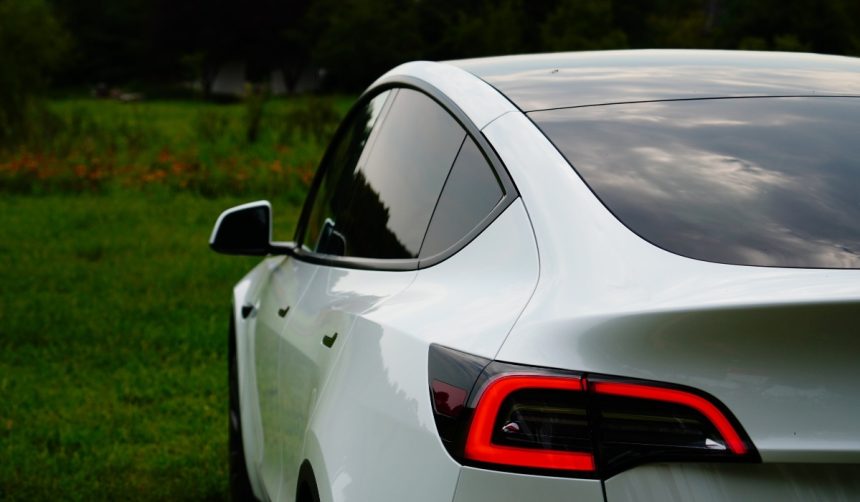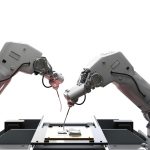Autonomous vehicle technology reaches another milestone as Tesla secures regulatory clearance to test its Robotaxi platform in Nevada. The move marks a strategic step for the company, which recently launched Robotaxi services in Texas and has ongoing activity in California. Unlike traditional ride-hailing models, the Robotaxi initiative underscores Tesla’s ambition to expand its driverless mobility services across multiple states. Stakeholders anticipate increased scrutiny as new testing locations emerge, while questions around certification, safety protocols, and legislative compliance persist.
Earlier reports noted pilot Robotaxi programs by Tesla restricted to designated testers and limited geographies. Public access and the scale of vehicle deployments have grown incrementally, in line with regulatory approvals and operational refinements. California trials relied heavily on human oversight from the driver’s seat, whereas Austin’s deployments adopted mixed configurations, with safety monitors either in the passenger or driver’s seat depending on the complexity of routes. Nevada’s acceptance further reflects mounting state-by-state engagement with autonomous transportation, a trend echoed by Tesla’s job postings for markets like Florida and New York. The company’s recent focus shows movement beyond initial Texas operations, shifting gradually to broader U.S. ambitions.
What Does Nevada’s Approval Mean for Tesla?
Nevada’s Department of Motor Vehicles confirmed on September 10 that Tesla obtained approval for its Testing Registry certification, making it the third state to host active Robotaxi testing. Following this certification, the company must satisfy self-certification requirements, encompassing state-mandated operational and safety measures before opening to the public. Tesla’s expansion emphasizes data-driven improvements in ride safety and adaptive policy compliance as regulatory landscapes shift across regions.
How Does Tesla Manage Robotaxi Safety?
Tesla implements different monitoring strategies depending on the state and road type. In Austin, a “Safety Monitor” often occupies the passenger seat for local routes, but moves to the driver’s seat for highway testing. In the California Bay Area, ongoing trials mandate the safety monitor remains in the driver’s position at all times, reflecting a conservative approach to safety management as technology develops.
What Are Tesla’s Expansion Plans?
Tesla has signaled intentions to deploy Robotaxi services in additional states such as Florida and New York, shown through recent recruitment efforts. While Nevada is the immediate priority, CEO Elon Musk remains optimistic about rapid scaling, predicting,
“Robotaxi will be available to at least half of the U.S. population by the end of the year.”
Achieving this outcome would require swift operational ramp-up and successful regulatory navigation in diverse markets. The company has acknowledged the challenges, stating,
“We continue to work closely with state regulators to ensure compliance and public safety during the rollout of our Robotaxi service.”
Tesla’s approach in Nevada aligns with efforts in Texas and California, but underscores an accelerating pace of approval for autonomous testing, a departure from previously slower processes elsewhere. Comparable programs from competitors have faced significant delays or only limited public exposure, and regulatory uncertainty continues to hinder national rollouts across the industry. Tesla benefits from deep resources and brand momentum, but must address state-specific regulations, insurance, and data privacy rules as expansion continues. For readers interested in autonomous mobility, staying informed about safe integration practices and ongoing progress in legislative standards proves beneficial. Evaluating deployment outcomes in Texas and California can offer insights for anticipating Nevada’s experiences, as well as national implications for autonomous ride-hailing solutions.
- Tesla gains approval for Robotaxi testing in Nevada, third state in expansion.
- Testing builds on earlier trials in Texas and California with varying safety oversight.
- Elon Musk targets wide U.S. availability by year’s end, subject to regulatory progress.










